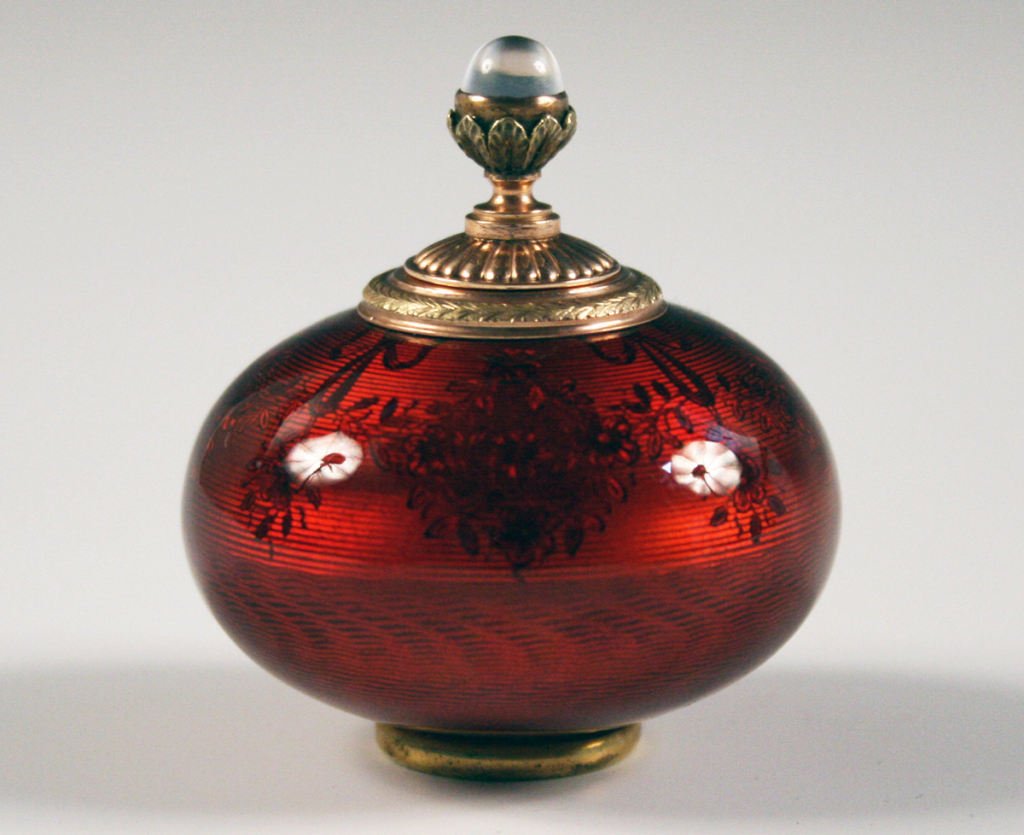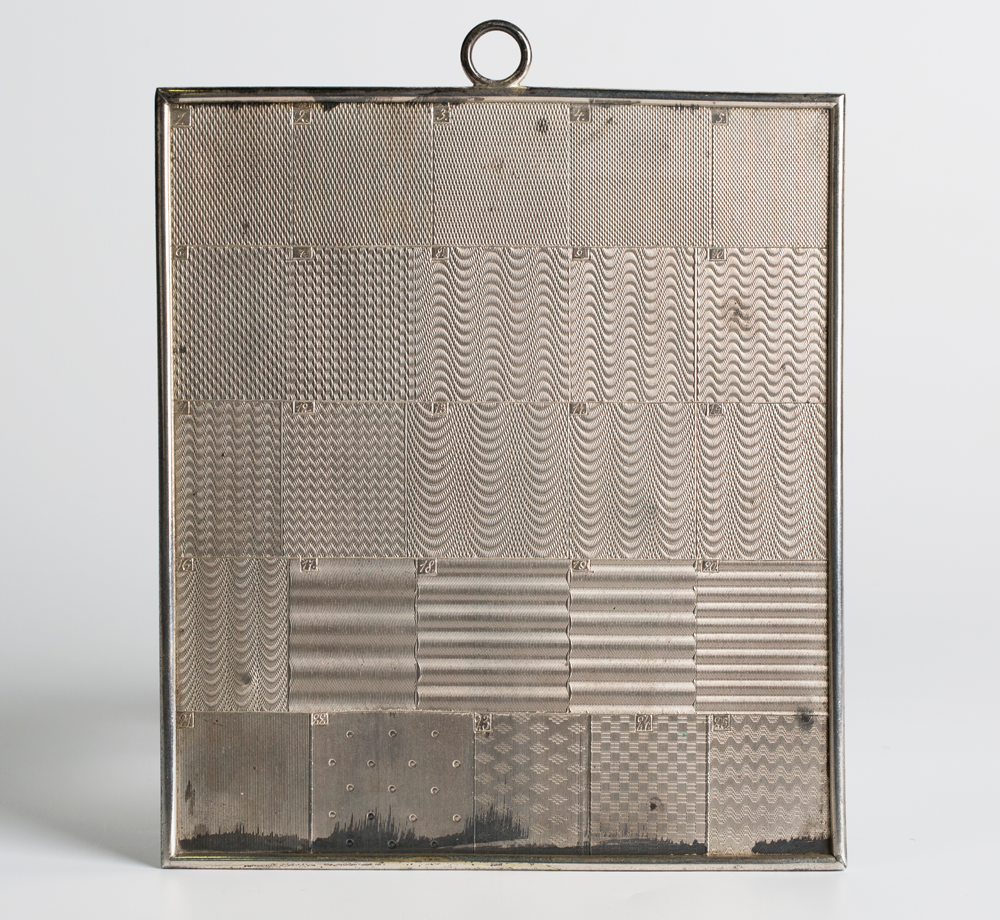
Peter Carl Fabergé (1846-1920) described himself as an artist-jeweller. It was his originality and flair which created the unmistakeable character that sets apart the house of Fabergé’s creations.
Fabergé were famous for their Imperial Easter Eggs made for Tsar Nicholas II and the Russian Imperial Royal family. The Romanovs gave these fabulous objects to each other and to their Royal relatives including, notably, our own Queen Alexander.
This patronage ensured that Fabergé were internationally celebrated. Fabergé made exquisite, intimate objects not only for royalty and the wealthiest in Russian, European and British society, but also pieces for the increasingly prosperous middle classes. Fabergé opened in in London in 1906.
Peter Carl Fabergé trained in St Petersburg and travelled in Western Europe before taking over his father, Gustave’s silver and jewellery business in 1870. He was joined in the business by his brother Agathon in 1882.
Peter Carl appears to have personally directed the artistic and commercial policy of the company which at its height employed more than 500 assistants, designers, modellers, gem-cutters, goldsmiths and enamellers.
Peter Carl designed some of the most important pieces including the famous Imperial Easter Eggs.
Fabergé’s business model was very progressive. He provided workshops, tools and raw materials to his direct employees without charge, and it seems likely that he shared the profits with his master craftsmen from the items made by them.
These playthings for the rich were often of a scale which enabled them to be held and admired. These were intimate pieces.
The house of Fabergé produced a remarkable range of objects employing silver, gold, enamels in a rainbow of colours, carved hardstones and jewels.
The early 20th Century Russian Fabergé two-colour gold and enamel gum pot is by Henrik Wigström. Wigström was head workmaster at Fabergé between 1903 and 1917. He was responsible for almost a hundred works now in the Royal Collection, including the Colonade Egg, an Imperial Easter Egg made for the Romanov family.
The rose gold detachable brush with its cabochon moonstone finial compliments the spherical body. The translucent strawberry red enamel over the engraved flower swags and pendants on a waved guilloche sunray ground reflects the neo-classical style which is typical of Wigström’s work. It bore not only Henrik Wigström’s workmaster’s ‘H.W.’ mark but also the mark of assay master Alexander Romanov.

The Fabergé engraved silver sample panel also dates from the early 20th century and was engraved with twenty-five different pattern squares. It was inscribed ‘C. Fabergé’ on the reverse. The panel was removed from Fabergé in London by Mr Cooper, a workshop employee, before the store closed in 1915.
The allure of Fabergé objects remains as strong as ever amongst today’s collectors and these examples realised £13,000 and £15,000 at Toovey’s.
When the revolutionary Bolsheviks came to take over Fabergé’s business in 1918 he asked only to be allowed to put on his hat as he walked out of the door. He fled in disguise to Finland assisted by the British Embassy. His wife, Augusta and their son Eugène escaped from Russia crossing into Finland through snow-covered woods on foot and sleigh under cover of darkness.
Exiled, they made their home in Lausanne on Lake Geneva, Switzerland. Fabergé died aged 74 in September 1920 of a broken heart, separated from his craftsmen, beloved Russia and his remarkable business.